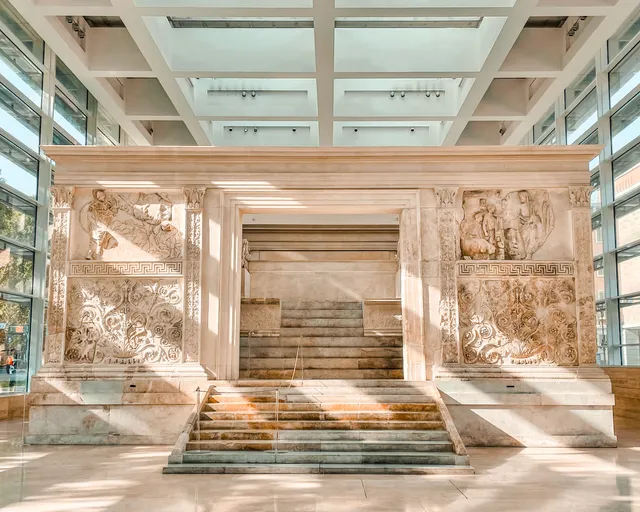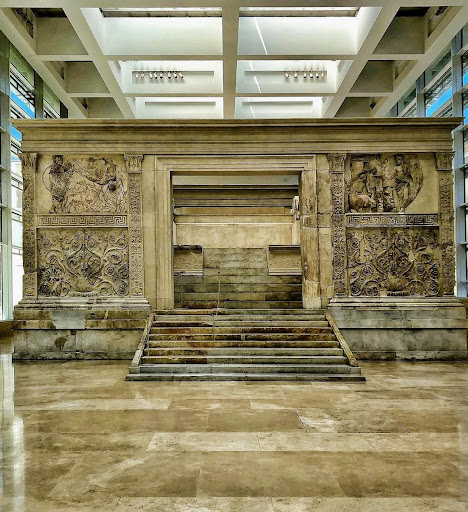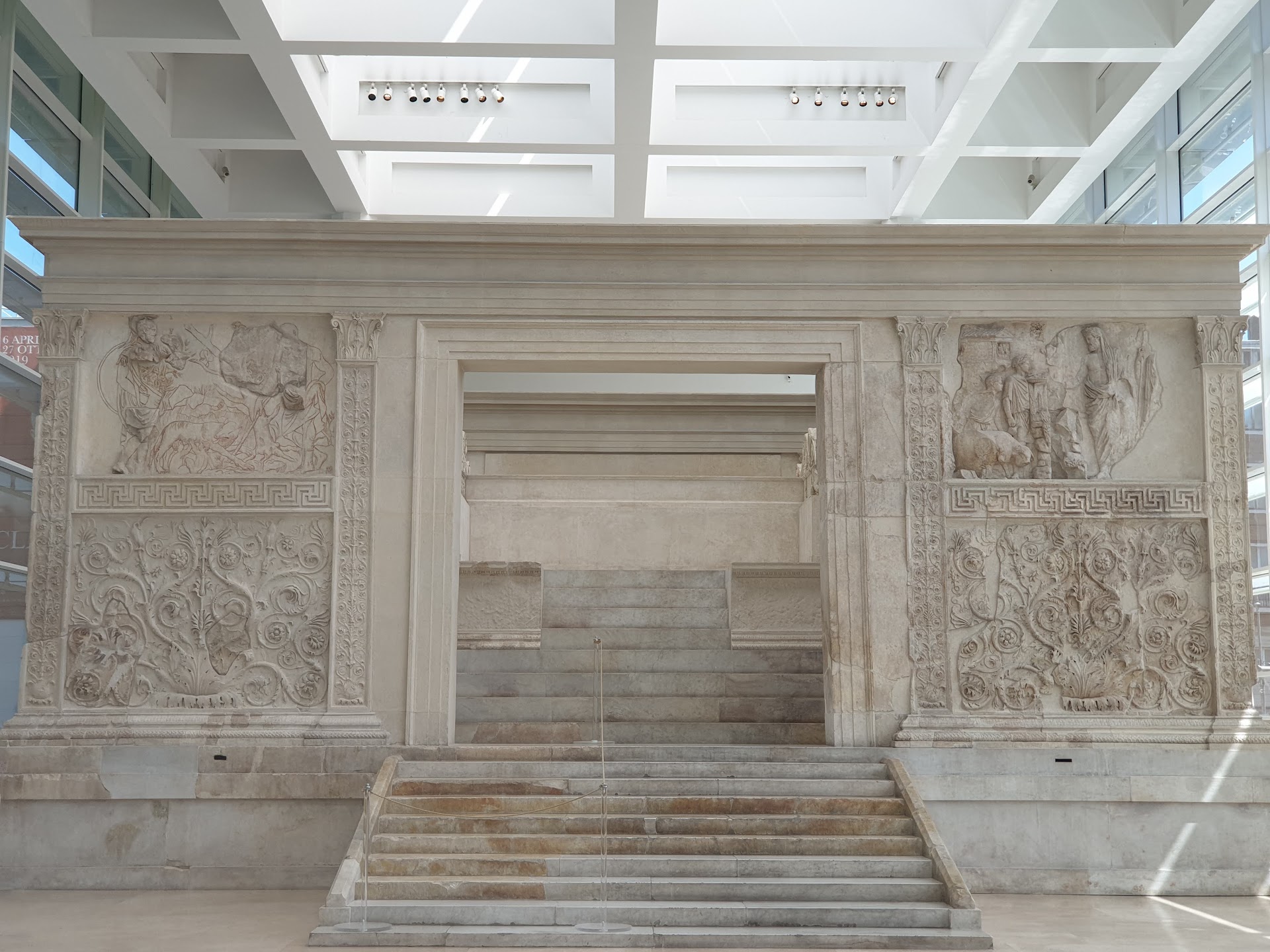Museo dell'Ara Pacis things to do, attractions, restaurants, events info and trip planning
Basic Info
Museo dell'Ara Pacis
Lungotevere in Augusta, 00186 Roma RM, Italy
4.5(3.9K)
Open 24 hours
Save
spot
spot
Ratings & Description
Info
The Museum of the Ara Pacis belongs to the Sistema dei Musei in Comune of Rome; it houses the Ara Pacis of Augustus, an ancient monument that was initially inaugurated on 30 January 9 B.C.
Cultural
Accessibility
attractions: Mausoleum of Augustus, Basilica of SS. Ambrose and Charles on the Corso, Fontana del Porto di Ripetta, Piazza del Popolo, Piazza di Spagna, Spanish Steps, Basilica of Saint Lawrence in Lucina, Museo Delle Anime Del Purgatorio, Piazza Navona, Pantheon, restaurants: Lian Club, Sorbillo Roma, Il Vero Alfredo, Il Marchese - Osteria Mercato Liquori, Frezza - Cucina De Coccio, Caffè Ripetta, Zuma Rome, Art Cibò Ristorante dai Pupi, Taverna Ripetta, La Bottega di Cesare
 Learn more insights from Wanderboat AI.
Learn more insights from Wanderboat AI.Phone
+39 06 0608
Website
arapacis.it
Plan your stay

Pet-friendly Hotels in Rome
Find a cozy hotel nearby and make it a full experience.

Affordable Hotels in Rome
Find a cozy hotel nearby and make it a full experience.

The Coolest Hotels You Haven't Heard Of (Yet)
Find a cozy hotel nearby and make it a full experience.

Trending Stays Worth the Hype in Rome
Find a cozy hotel nearby and make it a full experience.
Reviews
Nearby attractions of Museo dell'Ara Pacis
Mausoleum of Augustus
Basilica of SS. Ambrose and Charles on the Corso
Fontana del Porto di Ripetta
Piazza del Popolo
Piazza di Spagna
Spanish Steps
Basilica of Saint Lawrence in Lucina
Museo Delle Anime Del Purgatorio
Piazza Navona
Pantheon
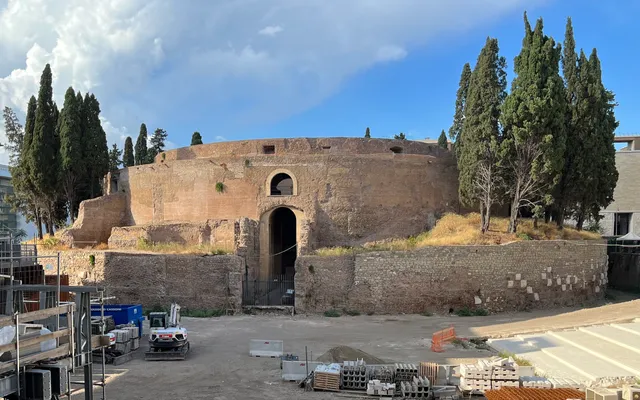
Mausoleum of Augustus
4.2
(1.3K)
Open 24 hours
Click for details

Basilica of SS. Ambrose and Charles on the Corso
4.7
(1.1K)
Closed
Click for details
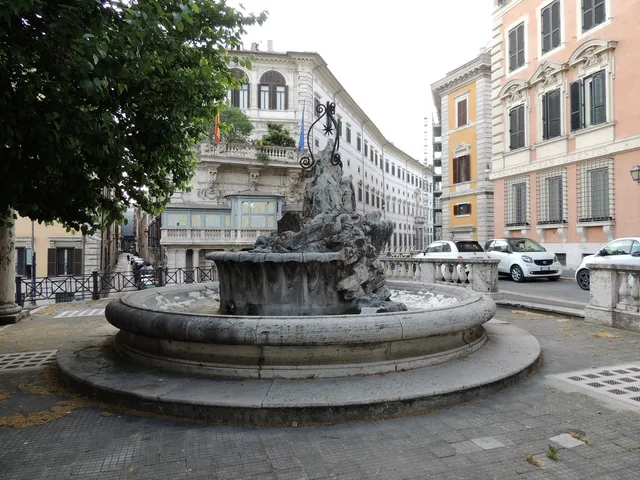
Fontana del Porto di Ripetta
4.3
(147)
Open 24 hours
Click for details
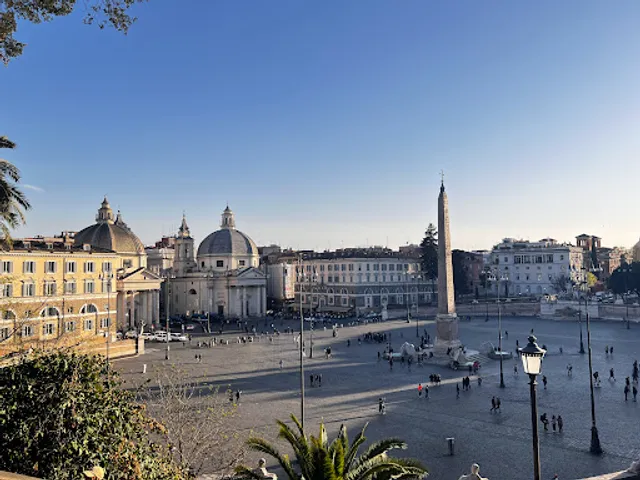
Piazza del Popolo
4.7
(39.1K)
Open 24 hours
Click for details
Things to do nearby
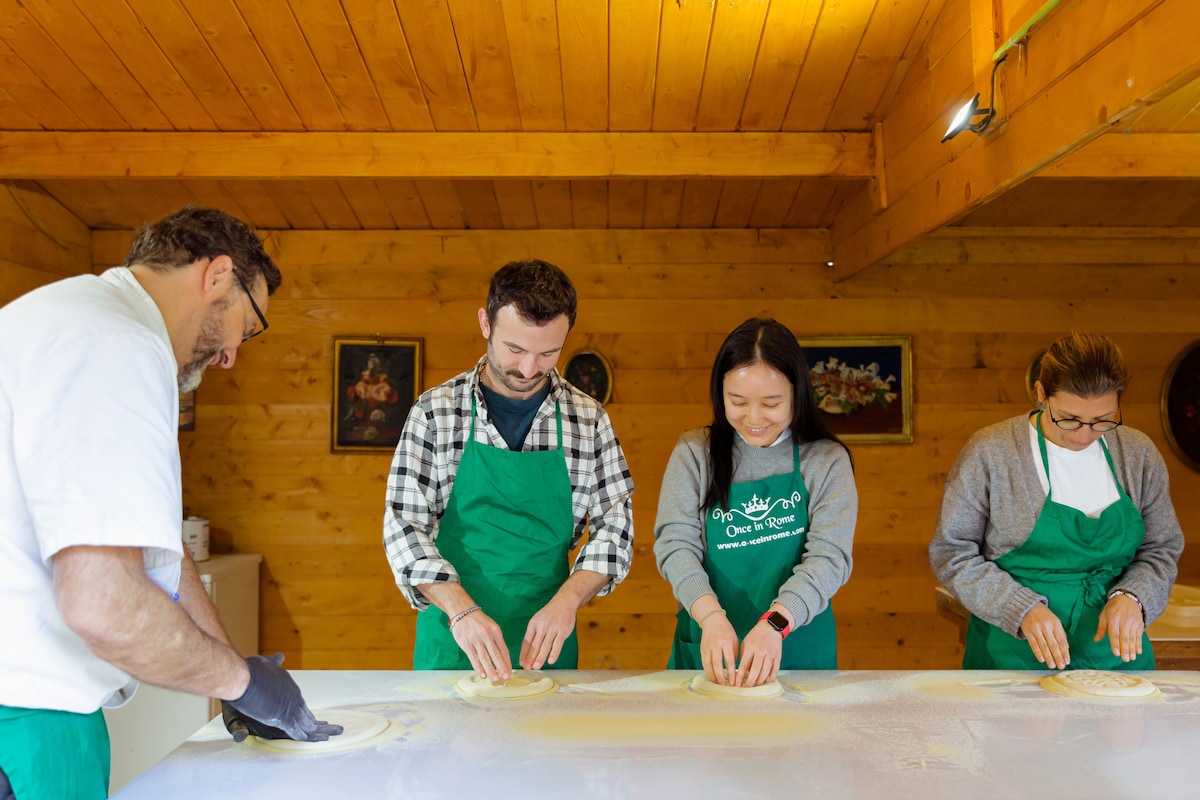
Pasta and Pizza cooking class with wine and more
Sat, Dec 27 • 5:45 PM
00142, Rome, Lazio, Italy
View details
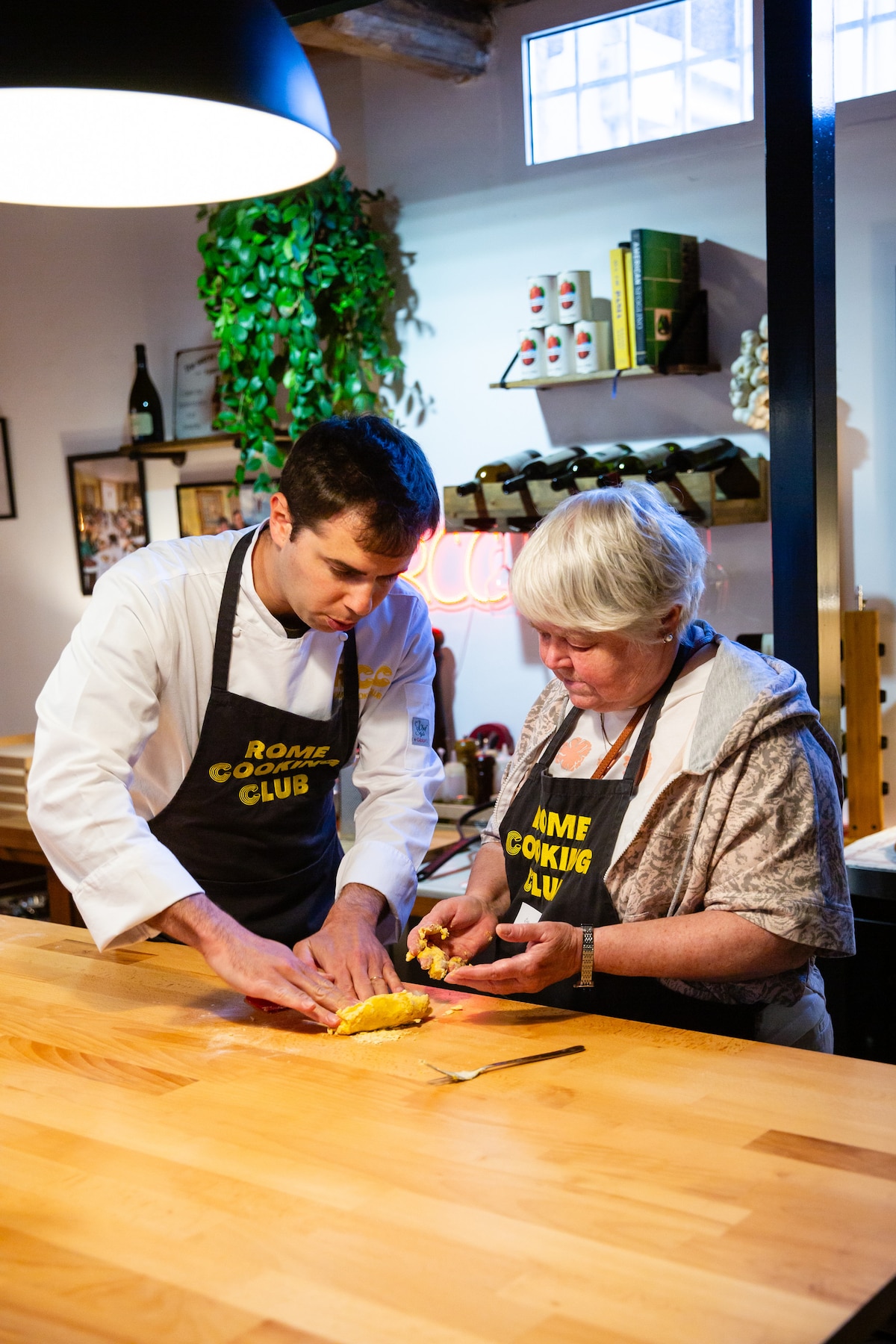
Make Pasta and Roman sauces with an Italian Chef
Sat, Dec 27 • 11:00 AM
00151, Rome, Lazio, Italy
View details
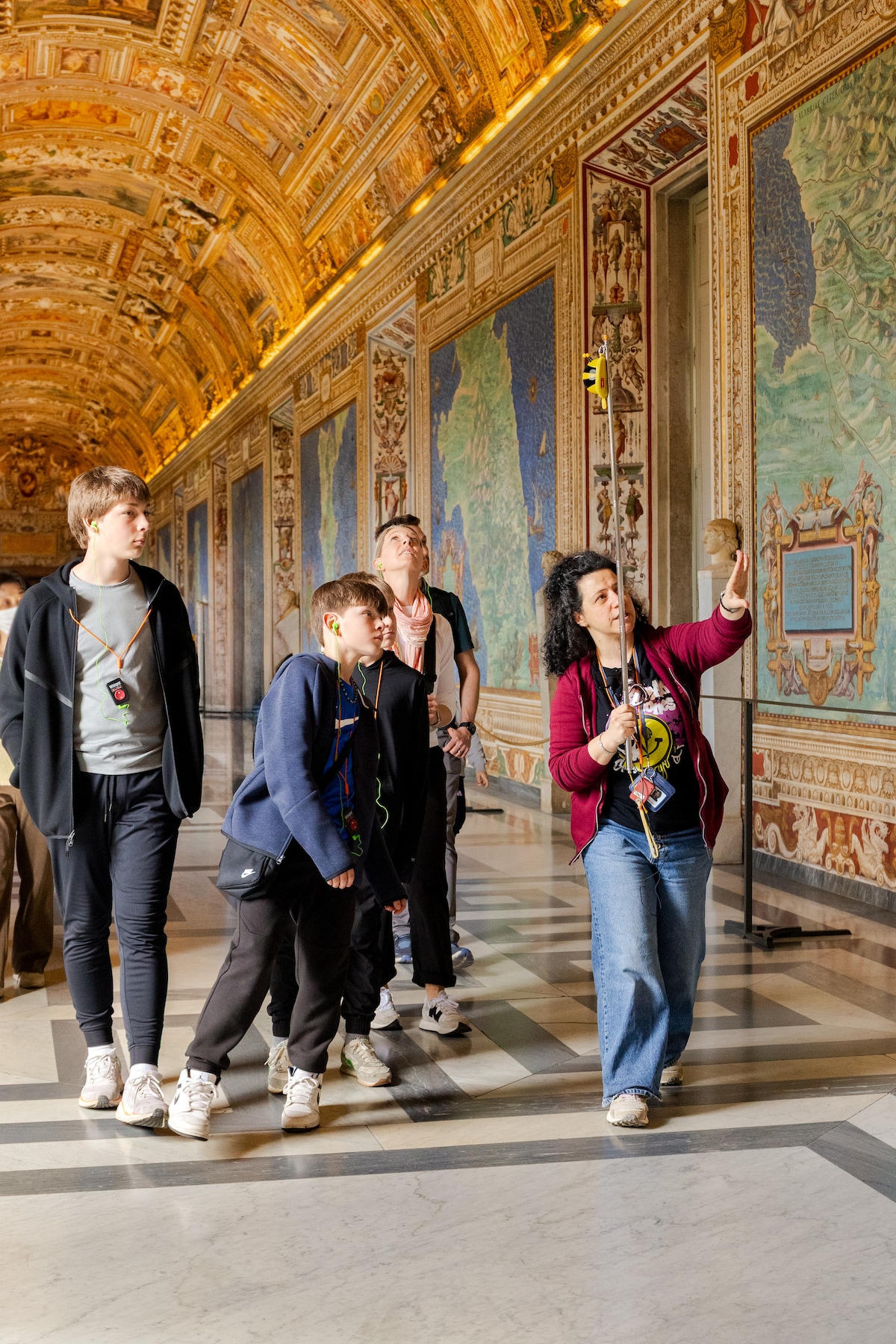
See behind-the-scenes at the Vatican
Mon, Dec 29 • 9:30 AM
00192, Rome, Lazio, Italy
View details
Nearby restaurants of Museo dell'Ara Pacis
Lian Club
Sorbillo Roma
Il Vero Alfredo
Il Marchese - Osteria Mercato Liquori
Frezza - Cucina De Coccio
Caffè Ripetta
Zuma Rome
Art Cibò Ristorante dai Pupi
Taverna Ripetta
La Bottega di Cesare
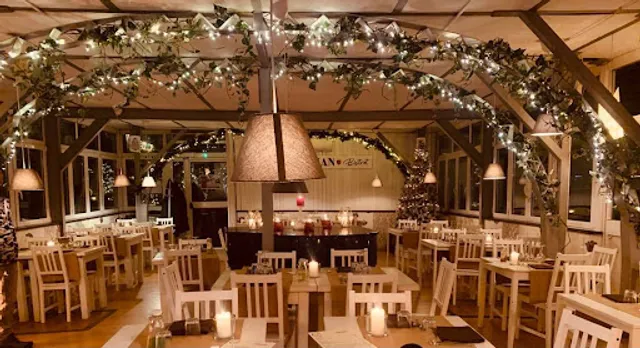
Lian Club
3.9
(1.0K)
$$
Closed
Click for details
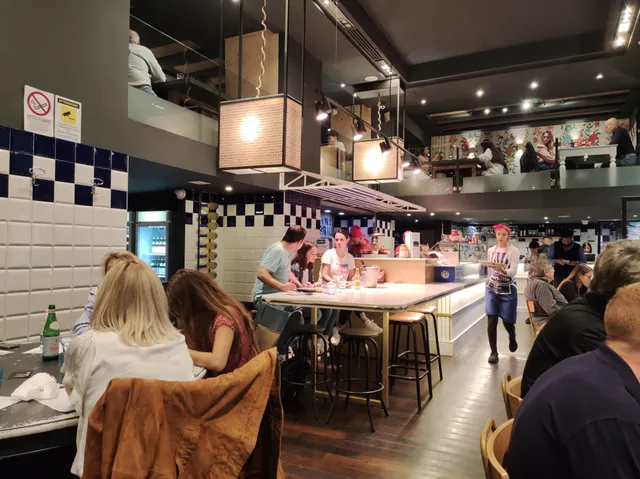
Sorbillo Roma
3.8
(2.2K)
Click for details
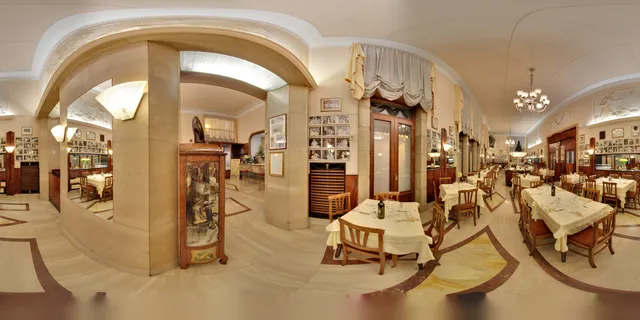
Il Vero Alfredo
4.1
(1.1K)
$$$
Click for details
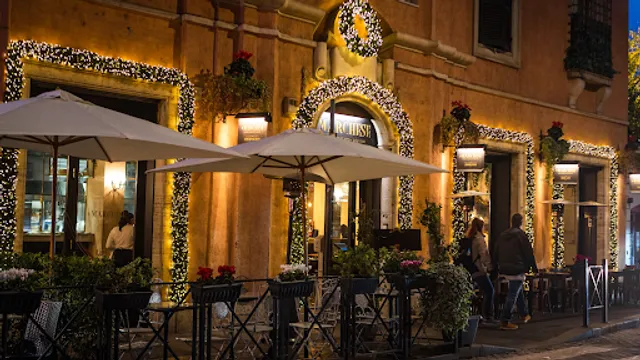
Il Marchese - Osteria Mercato Liquori
4.3
(951)
$$
Click for details
The hit list

Plan your trip with Wanderboat
Welcome to Wanderboat AI, your AI search for local Eats and Fun, designed to help you explore your city and the world with ease.
Powered by Wanderboat AI trip planner.
